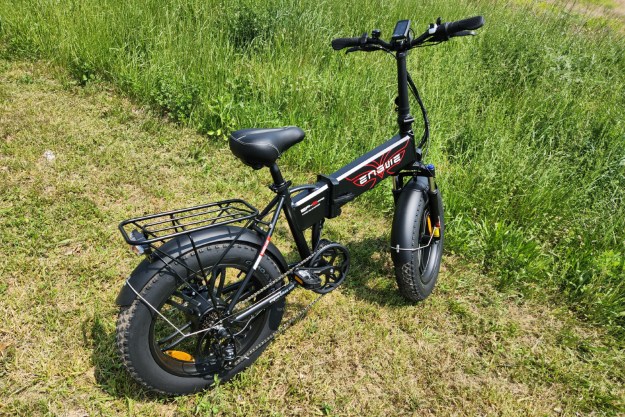Hypar sets itself apart with its unique hull shape that uses two hyperbolic paraboloids to form a hull that is razor sharp at the stern and wide at the bow. This configuration allows the boat to cut through the water with minimal distortion and drag. It also provides a stable base that can be motorized with a solar-powered motor for conditions that demand more than just paddling, or transformed into a sailboat with the addition of a mast and sail.
Hypar’s hyperbolic design is one-of-a-kind, but that is not where the innovation ends. The company also went above and beyond in the materials department, working with corrugated plastics manufacturer DS Smith. The collaborative effort produced a custom Akyboard polypropylene material suitable for a marine environment. This polypropylene allows the boat to be light enough to carry, but rugged enough to withstand the demands of kayaking on the sea or a fast moving river. It also is long lasting, with an estimated ability to withstand more than 20,000 repetitive folds.
The Hypar folds into a 40 x 30 x 10-inch rectangle and weighs less than 16 pounds. It fits easily into the trunk of a car and can even be flown as a piece of luggage. When it is time to hit the water, the kayak can be unfolded and strapped together in less than 5 minutes. Hypar plans to sell its kayak via crowd-funding in a campaign that is slated to begin on April 11. Keep an eye on Hypar’s website for all the pre-ordering details.



